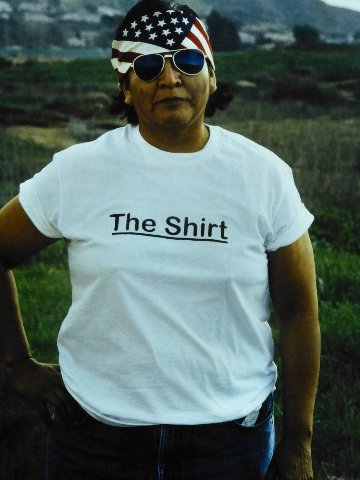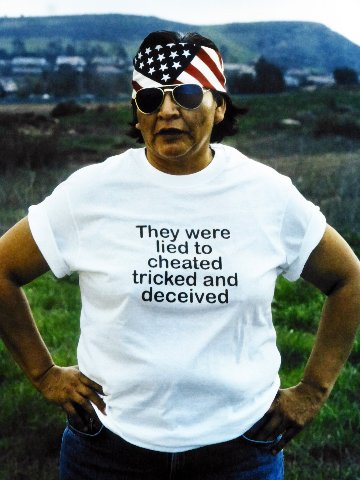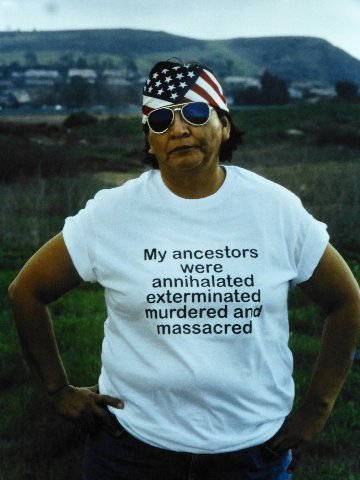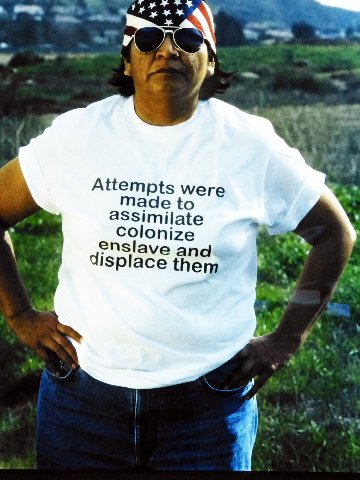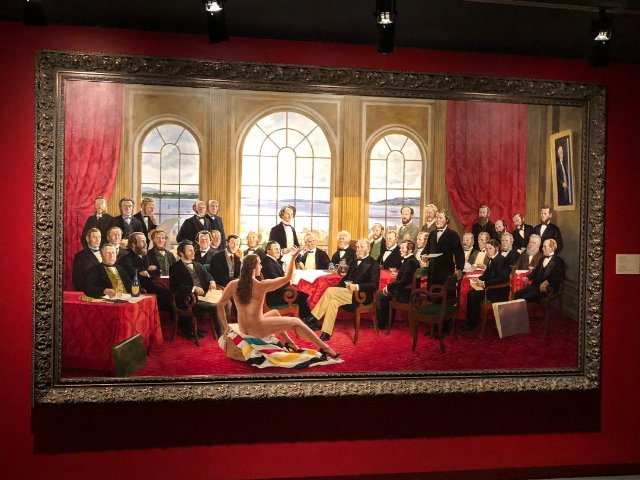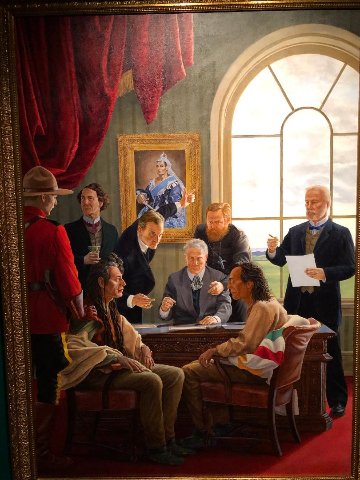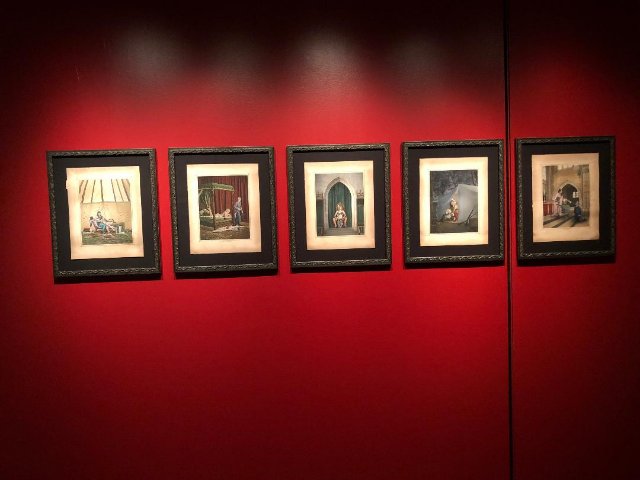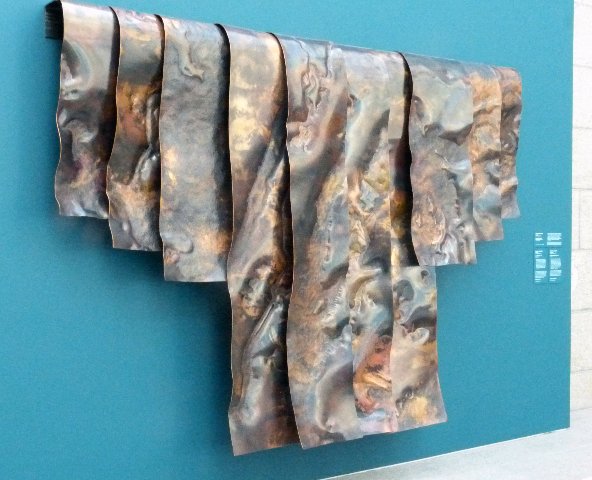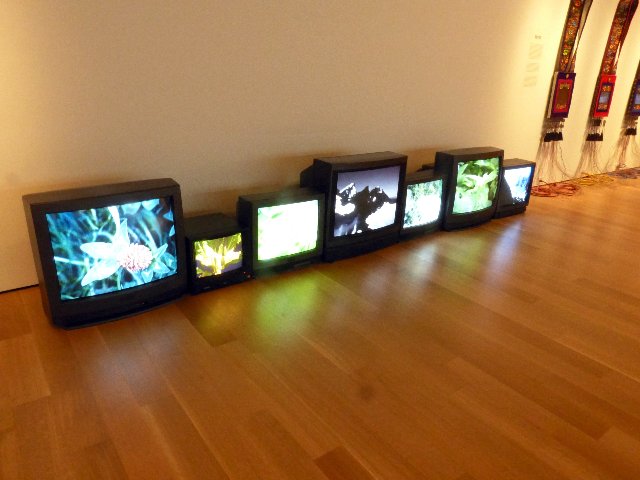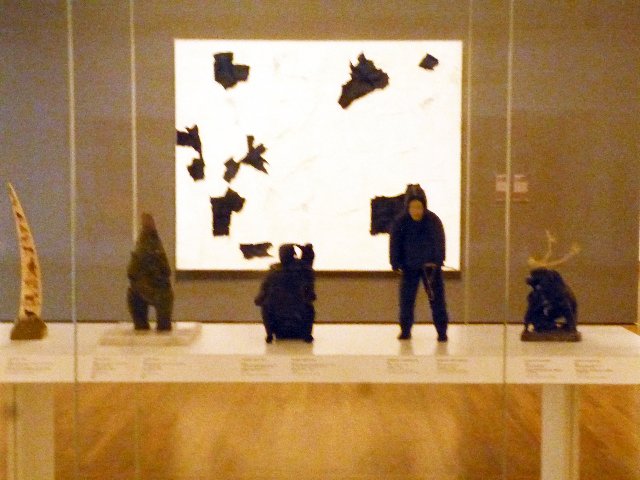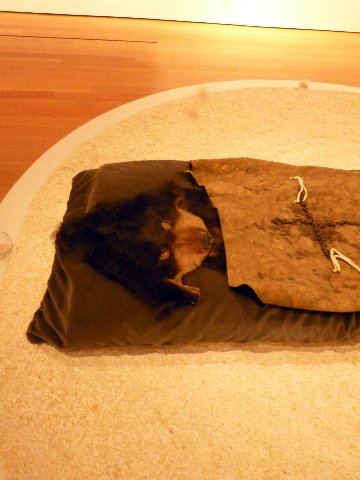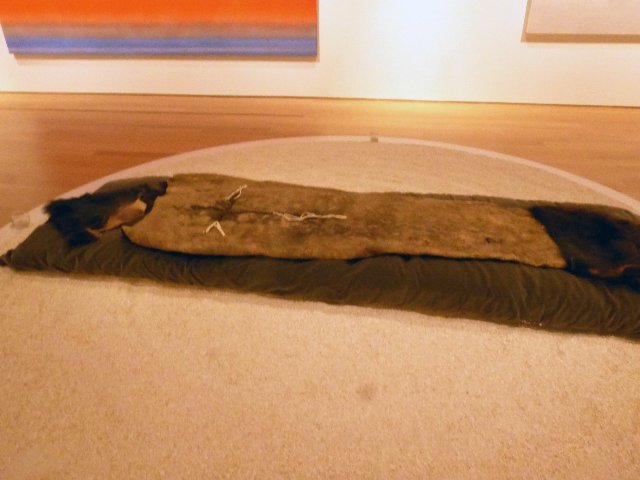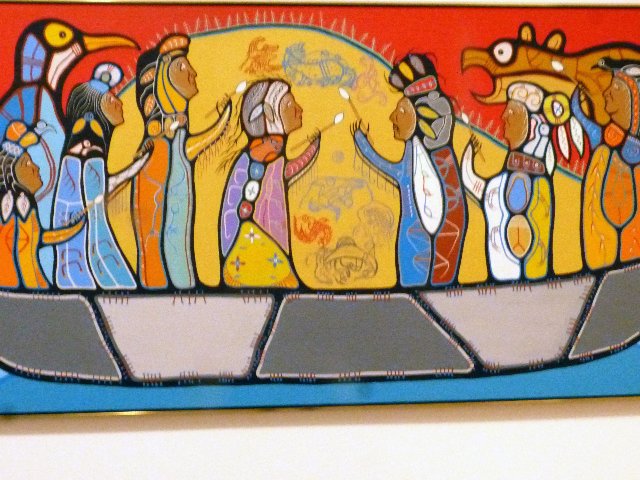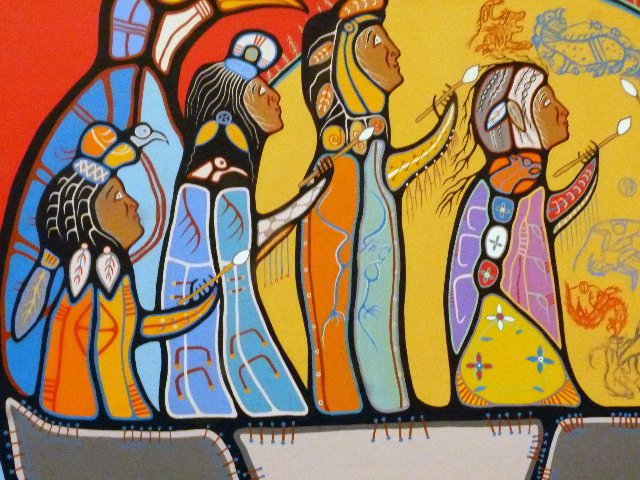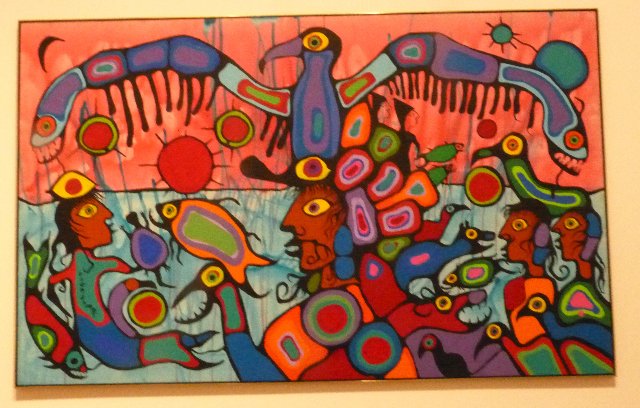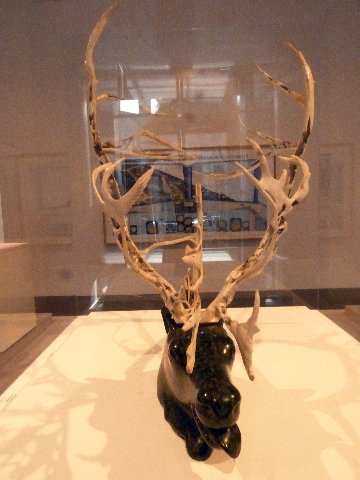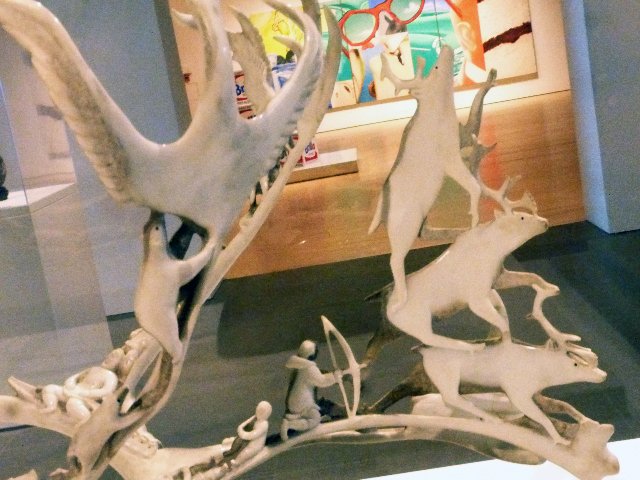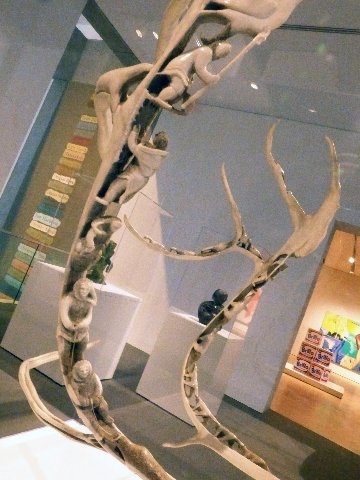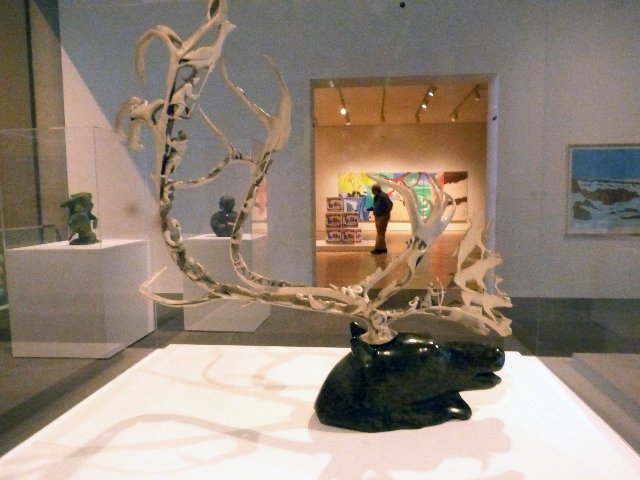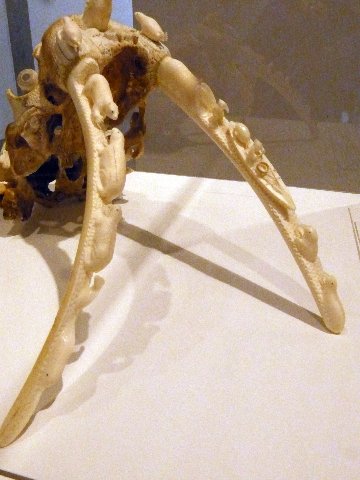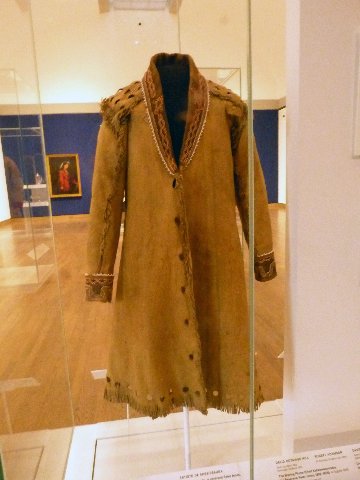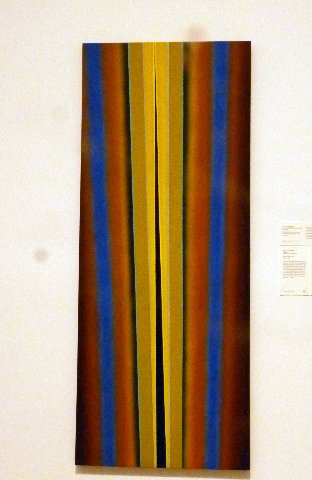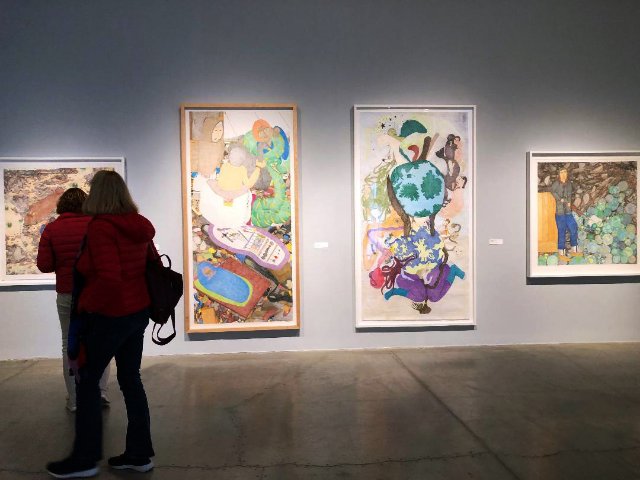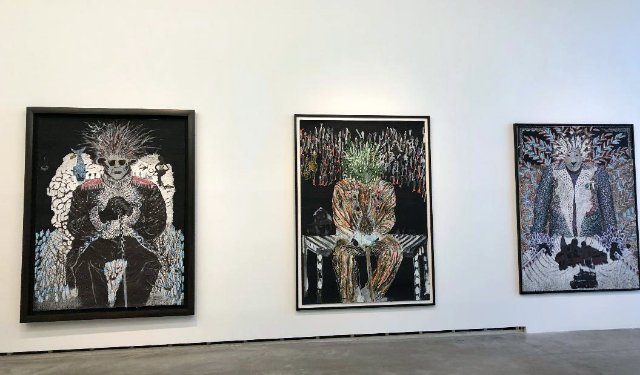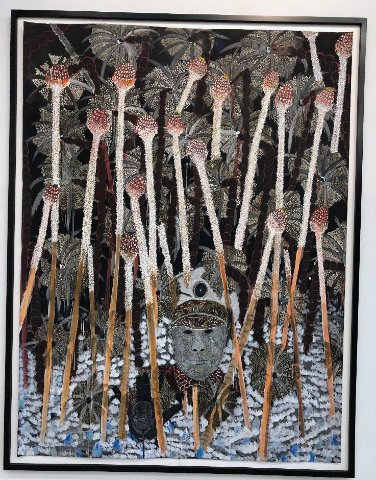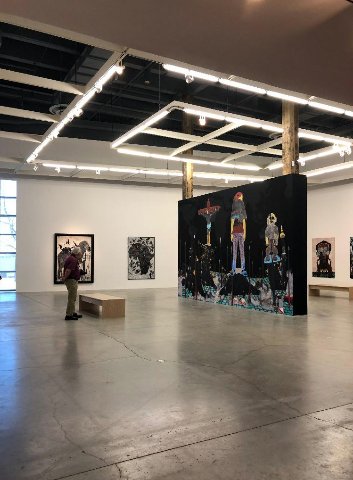A Cultural Trip Through Canada
Encountering First Nations Artworks
By: Astrid A. Hiemer - May 23, 2019
Overview of Current Canadian Art Exhibitions
We had just been denied boarding an airplane to Chicago. Our final destination was (not) to be Edinburgh, Scotland. There was an ‘i’ missing in my first name: Astrd and two hours of telephoning with British Air, American Air and Expedia did not end in success. British Air would not add the ‘i’ so that passport and travel documents would read the same. Competition among travel providers and finally, corporate greed won this round. Expedia and British Air were able to sell our return trip seats again.
We regrouped quickly and decided to travel in Canada. Car and suitcases were packed and starting out at the Albany Airport, we were more than an hour closer to the Canadian border. Montreal was our first destination. We alerted friends in Montreal and thanks to GPS maneuvered around detour-messes before reaching Montreal and the inner city. Near our destination, at the Carre St. Louis, Claude Gosselin, a director of museums, festivals, and curator who is absolutely tuned into Canadian art, was already waiting for us in the street, busy helping other visitors to Montreal. What a guy!
With his assistance we were installed at Auberge du carre St. Louis and, voila, occupied a fabulously spacious and comfortable room at the hotel. A brochure titled: Danse + Theatre was placed there inside our room. On page seven I read the following, titled Reconnaissance du territoire (Territorial Recognition):
‘We recognize that we are on ancient First Nations territory, a site for encounters and diplomacy between peoples. This territory, never handed over, is where the Great Peace of Montreal treaty was signed in 1701 between New France and 40 First Nations of North America. We wish to thank the Kanien’keha:ka (Mohawks) nation for its hospitality.’
Wow! There, we received the first glimpse of what appeared to us as a grand shift to the current ‘Zeitgeist‘ of cultural Canada. Wherever, in art galleries and museums, there was evidence of a changed Canada from our last visit a decade ago. First Nations or indigenous work was on permanent display or in temporary exhibitions in many locations. They ranged from exquisite, traditional Inuit works, to First Nations artists expressing social and political criticism of past and current events, to contemporary artists, whose work fits well into the general artistic expression. If not evident, a label would establish provenance.
In Montreal, at the McCord Museum of Canadian History, we experienced the Kent Monkman exhibition, Shame and Prejudice: A Story of Resilience shortly before it closed on May 5th. This extensive and powerful traveling exhibition may also reach museums and audiences in the USA and it should. Monkman lays bare in his paintings and installations the truth about attempts to annihilate the original people or assimilate to colonialist and/or western values all First Nations throughout the Continent for more than 150 years. These facts played out in similar ways in the USA as well.
Monkman put Canada’s White Nation on trial depicting major incidents in epic paintings. He applied titles of famous international works, like The Scream by Edvard Munch and twisted the tableau. Here, the painting in near photo-realism depicts forced removal of children from their families or tribes (white terminology) by Christian monks and nuns, military and police forces. The painting’s violent crimes alert to the most penetrating inhuman sins by oppressor nations. Monkman, a Cree artist, uses direct, non-binary, sarcastic, sardonic, even humorous ways to get his messages across. Other titles of paintings regarded as European masterpieces: Death of the Virgin, The Massacre of the Innocents, The Subjugation of Truth and Le Petit dejeuner sur l’herbe have all taken on his specific messages. These paintings were finished between 2013 and 2017.
At the National Gallery in Ottawa as well as the Art Gallery of Ontario (AGO), Toronto, First Nations artist works were juxtaposed with other Canadian and international pieces, or they were shown in individual galleries. A sculpture Lost Bridal Veil, 2015 by Michael Belmore, Anishnaabe, was installed in a court-yard, in a place for contemplation. The copper and steel sculpture consisting of tall, broad metal bands of varying lengths has significant meaning for the artist. They represent pure elements in nature, both precious and utilitarian. In fact, pairing works from different centuries, similar or opposing images and messages has been practiced for a decade or more - not always successfully – in western and international museums.
The Shirt, 2003, by Shelley Niro, depicts the artist in five photo-light-boxes wearing T-shirts with following messages: 'My ancestors were annihilated exterminated murdered and massacred'; 'attempts were made to assimilate colonize enslave and displace them'; 'and all I get is this T-shirt.' She’s wearing an American flag bandana, covering her head, and sunglasses, covering her eyes. In the end, Niro takes off shirt and shades.
And Mike Mac Donald placed as part of the same exhibition Seven Sisters, a series of video monitors on a gallery floor. Changing photographs were taken at the Seven Sisters Maintains of Northwestern British Columbia. They are the ancestral land of the Gifxan and Tsimshian First Nations. The artist chose exquisite mountain views and plants ending with taxidermy wildlife and so projecting a message that we ‘must change our attitude to our environment and planet.’
One can view works by traditional artists, such as Luke Airut, who used a walrus head with tusks and carved into the tusks arctic life details of human and animal interactions, i.e., a hunter in a kayak. Then, Jackoposie Oopakak, also Inuit, carved a set of antlers into most intricate details. Both pieces are of highest artistic quality in traditional carvings and can be viewed in the accompanying photographs.
The Power Plant in Toronto has currently three major shows installed: By an African artist from Dakar, Senegal, Omar Ba, which is titled Same Dream. His monumental paintings and multi-painting installations may refer to dreams and nightmares about menacing African dictators of past and present and other truly fantastic metaphors.
The well-known and much traveled Inuit artist, Shuviani Ashoona, depicts different fantasies of people and animals in the Artic Circle by Mapping Worlds. She also shows a series of portrait paintings in her style of rendition as outsider art.
And the African American artist, Alicia Henry, who lives and teaches in Nashville, Tennessee, shows on opposite sides of a corridor huge human female figures rendered in cloth, jewelry and masks. On the second floor there are also two sizeable wall installations in a gallery made of leather cut-outs in black and brown tones. They are of human bodies, body parts, and faces. All three artists of color express differently overpowering fantasies, good and bad.
Finally, on our way home to the Berkshires in Massachusetts, we encountered the painting by John Wesley at the Albright Knox Art Gallery in Buffalo, New York, that is titled: George Washington and Three Indians, 1963.
Again, another formidable message.


